Exhibition | Francisco de Goya: Los Caprichos

Press release from the Riga Bourse:
Francisco de Goya: Los Caprichos / Fransisko Goija: Kaprīzes
Art Museum Riga Bourse, 25 March — 16 July 2017
Curated by Daiga Upeniece
The exhibition introduces us to one of the world’s most famous art masterpieces by the brilliant Spanish artist Francisco José de Goya y Lucientes (1746–1828) Los Caprichos series of graphics. The album, containing 80 pages of graphics compiled and published by the artist himself in 1799, gained popularity in Spain and elsewhere soon after its publication and captured the quintessence of Goya’s style, reflecting a new, freer, and much more expressive approach to reality’s portrayal. Los Caprichos reverberated in 19th-century art and ended the dominance of Neo-Classicist academic style graphics.
There are many unsolved riddles hidden within the series. It has been assumed that the artist was influenced by various works of philosophy and art. However, Goya himself—disregarding references to some well-known poets, for example, Gaspar Melchor de Jovellanos, or parallels with the plays of Goya’s friend Leandro Fernández de Moratín—has categorically denied any kind of influence.
Goya was already focusing on the everyday life of his time and, in particular, on the position of women in society in the voluminous selection of drawings in his Madrid album (1796–97). La Celestina, a traditional image in Spanish literature who takes on particularly symbolic importance in Goya’s art, appears there for the first time. Her image reminds us of the temporality of youth and beauty and the inescapable approach of decrepitude. Like La Celestina, the often-utilized image of the prostitute and a focus on the theme of magic personify the dark aspects of society.
The blending of fantasy and reality forms the uniqueness of Goya’s vision. The dream motif was a traditional element that was used by Spanish artists and writers and those of other European countries, to tell of fantastic, philosophically tangible or surreal creatures. Initially, Goya’s series was also called Sueños—that is, dreams, instead of whims.
Some of Goya’s compositions are like theatrical scenes—others, like a parade of eccentric images. The mood in most of the works has similar qualities to Dante’s Inferno—every imaginable mischief rages within them: hypocrisy, lies, cruelty and the collapse of morality. The subjects tell of the church, the nation, the court, laws, physicians, art and science, the streets of Madrid, rural life, the poetry and philosophy of the time, about the needy, the rich, the sick, the young and the old, combining all of these images in a unified mirror of society. Goya’s self-portrait, found on the first page, explains his attitude to what is portrayed in Los Caprichos. The artist, in a way, identifies with the new, modern Enlightenment period; and looked at from these positions, his gaze slides obliquely to the graphics which he himself has created.
Goya used a complex and innovative graphic technique. At its foundations was traditional etching, which Goya combined with a comparatively new invention—aquatint. In this way, clean lines, engraved with acid were supplemented with pale, sort of washed-out tones, which were created with fine dots, obtained, by processing the graphic plate with crushed resin. Of equal importance were the very delicate lines that were engraved with a blade, directly onto the surface of the plates. In graphic art, etching with drypoint on a black background or creating delicate lines and subtle shading around the eyes and hands of the images created the equivalent of airy brushstrokes in painting.
There are 78 works from the second impression in the collection at the Art Museum Riga Bourse. The works’ annotative texts consist of Goya’s comments, explanations about Goya’s works by art historians, as well as informative materials about people and events in Spain in the late 18th century. The exhibition is curated by Daiga Upeniece, Head of the Art Museum RIGA BOURSE / Latvian National Museum of Art.

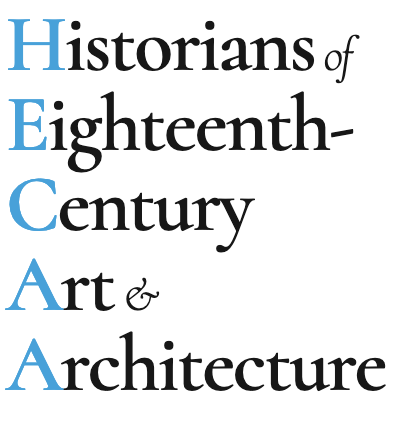

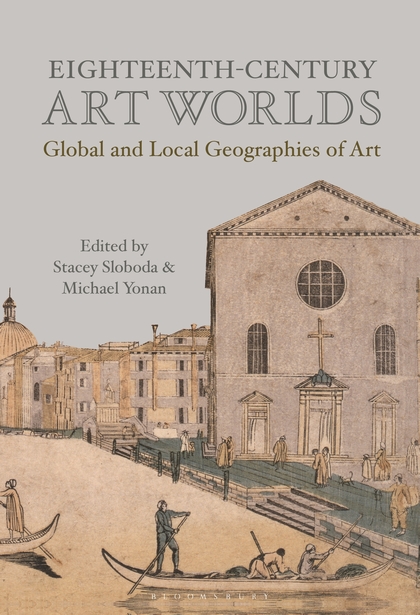

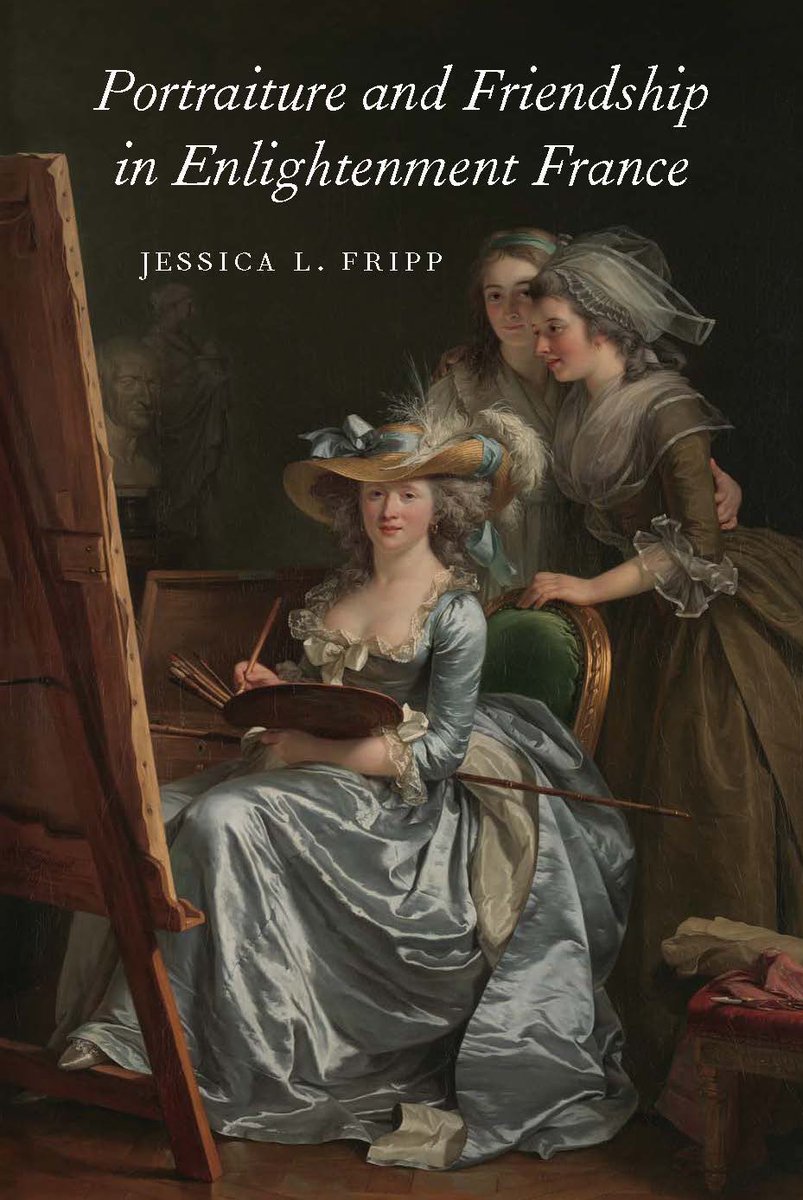















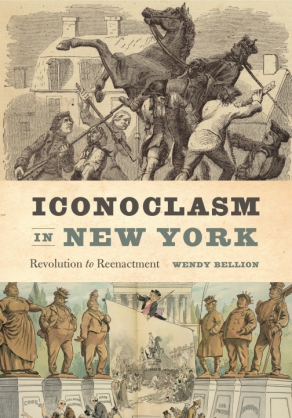



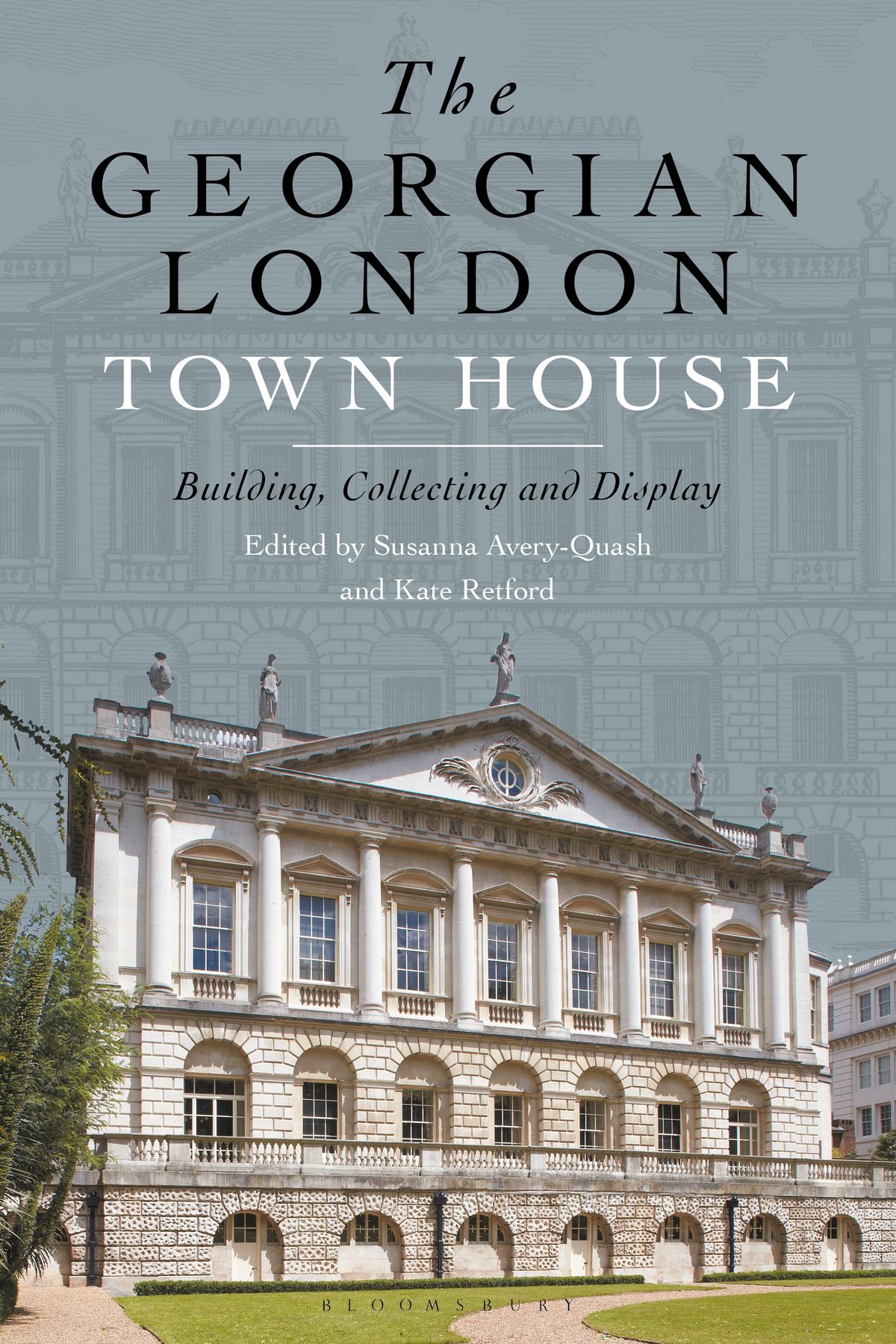


leave a comment